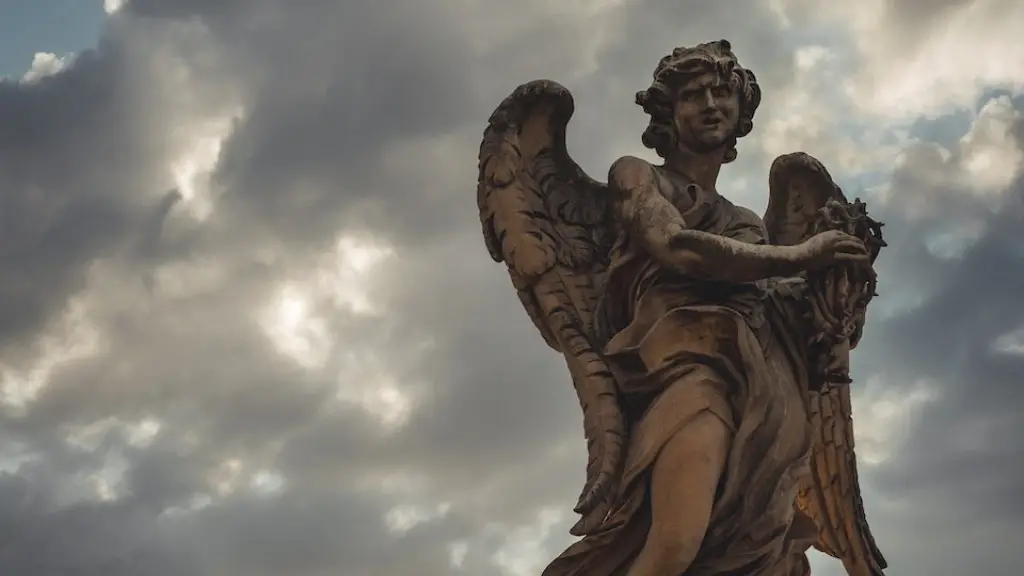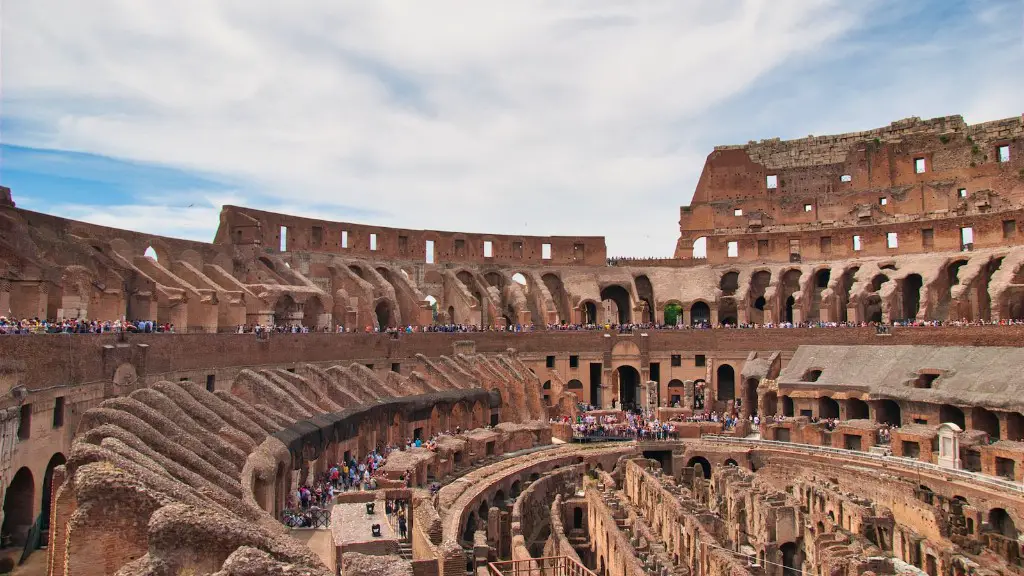Rome was the center of the ancient world, and the city remains the largest, most vibrant and historical city in Italy today. The history of Rome goes back over two-and-a-half thousand years and is filled with stories of incredible triumphs and tragic defeats. Throughout the centuries, Rome went through many changes, but at the center of it all was a city that was an inspiration to all the civilizations that followed. So what was the center of Ancient Rome?
At its core, Ancient Rome was a bustling and powerful city-state. Unlike in modern countries, where there are clear divisions between the urban and rural areas, Ancient Rome was able to combine both worlds in one spot. This allowed the citizens to benefit from the commercial, cultural and educational aspects of an urban environment, while also taking advantage of the rural elements like farming, hunting and agricultural production. Everything in the city revolved around the Forum, the center of public life and government.
Political Power
The center of Ancient Rome was the seat of power and the public heart of government. The Senate and the Roman assemblies held their meetings in the Forum, and all of the major decisions of the state were decided there. In addition, the Forum was host to religious ceremonies, banquets and celebrations for the mighty military conquests. These religious ceremonies were incredibly important for cementing the rule of the Roman state, as the gods and goddesses had to be prayed to and appeased to maintain the favor of the gods. These ceremonies were often held in the Sacred Field of Mars, which was located in the Forum and served as an ancient reminder of Rome’s military prowess.
The Marketplace
The Forum also served as the center of the marketplace in Ancient Rome. People could buy and sell goods and services, exchange currency, and generally conduct all sorts of financial transactions. The forum was thus the central hub for trade and commerce in the city, and people from all walks of life flocked to it. This was the first true example of a modern-day marketplace, and it was extremely influential in the growth and success of the Roman Empire.
Important Monuments and Structures
The Forum was also the site of many important monuments and structures. The most famous of these is the Colosseum, which was built by Emperor Vespasian and was used to host spectacular gladiator fights and other public spectacles. This iconic structure was a testament to the skill and power of Rome, and it still stands today as an example of the grandiose architecture of Ancient Rome. Other important structures in the Forum included the Temple of Saturn, the Palatine Hill, the House of the Vestal Virgins, and the House of the Sibyl.
The Center of Sacred Practices
The Forum was also the center of religious life in Ancient Rome. It was here that the Romans practiced their ancient religious rituals and celebrated their great gods and goddesses with public feasts, processions and sacred ceremonies. The priest classes were based in the Forum, and the Vestal Virgins were responsible for protecting the sacred flames in their temples. These religious rituals were incredibly important for maintaining social order and were a core part of Roman religious life.
The Social and Cultural Center
The Forum was also an important social and cultural center for Ancient Rome. The area was filled with people from all walks of life, from the wealthy elite to the lower classes. It was a place for people to come together and discuss important issues, as well as to enjoy public spectacles and engage in lively debates. The Forum was also the site of many important artworks and sculptures, which helped to form a sense of Roman identity and pride.
Conclusion
The Forum of Ancient Rome was the central hub of the city, and the de facto center of the ancient world. It was the political center of the city and the host of many important religious and cultural ceremonies. The Forum was also the site of commerce and trade and the home of many iconic monuments and structures. Most importantly, the Forum was the place where Romans could come together as a people and share their culture, customs and beliefs.


